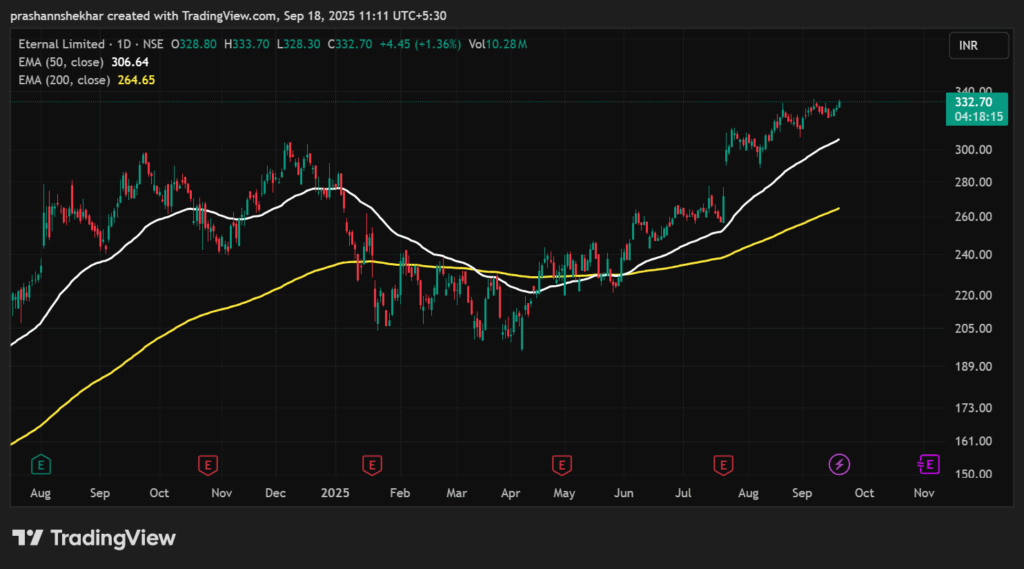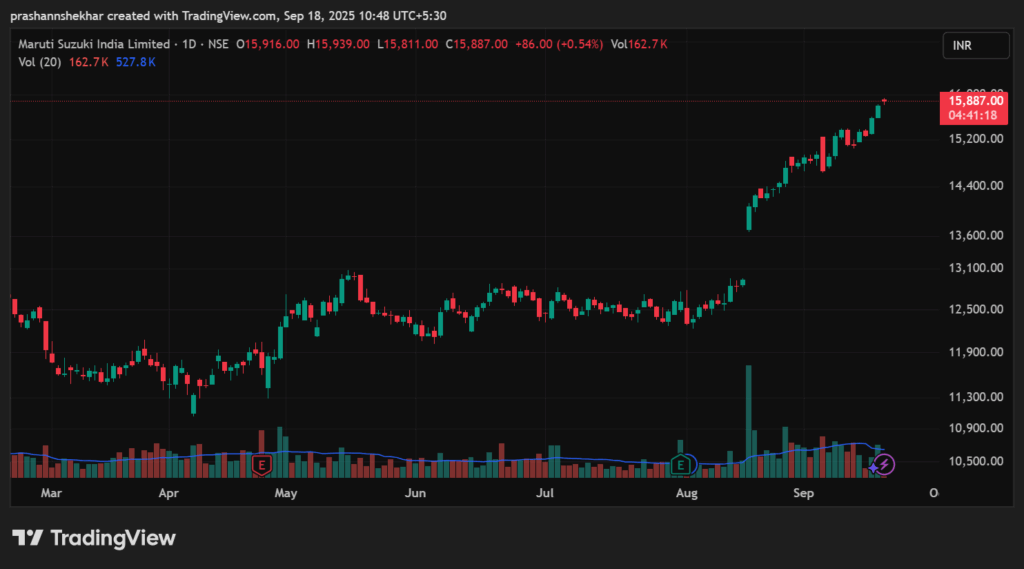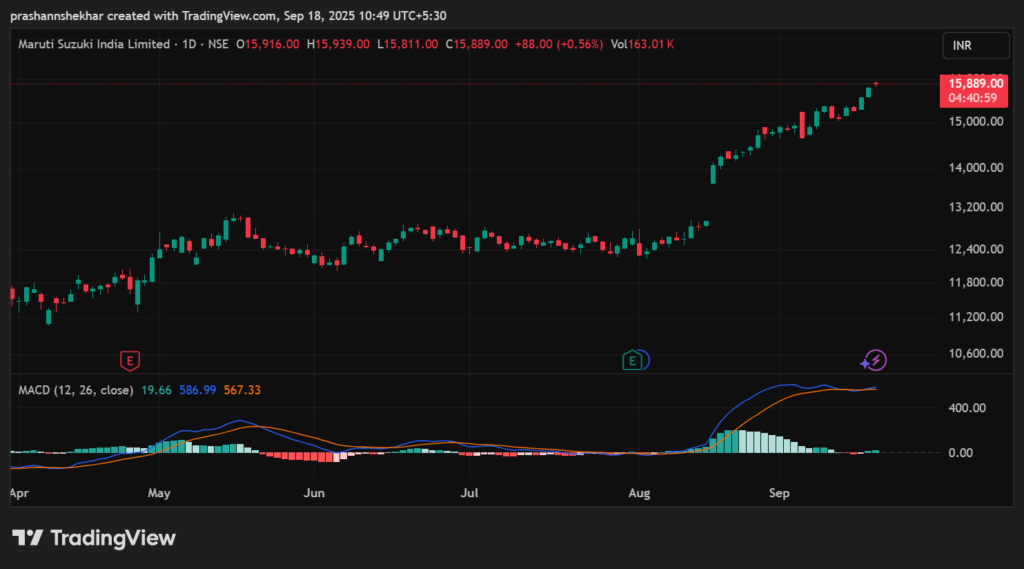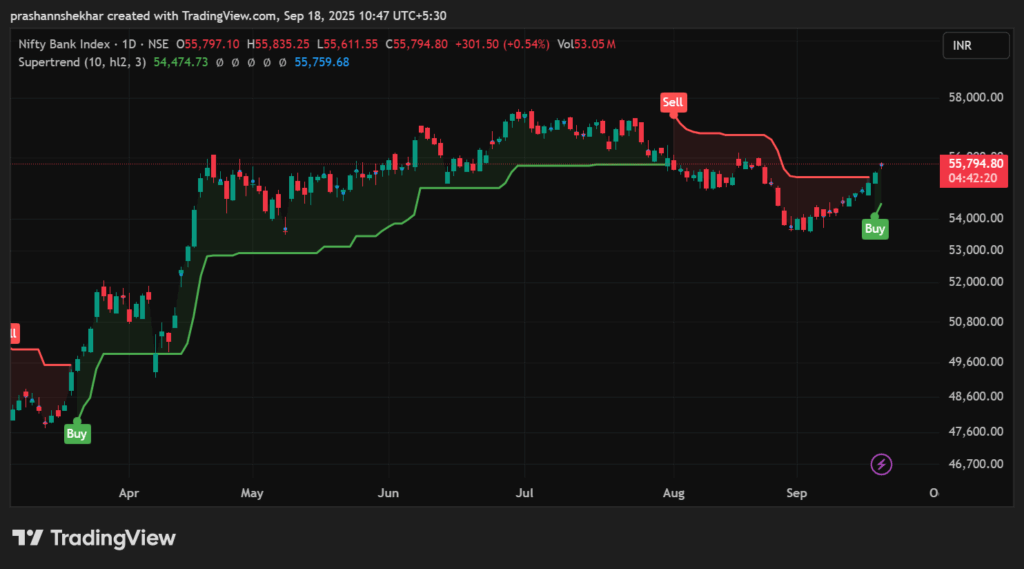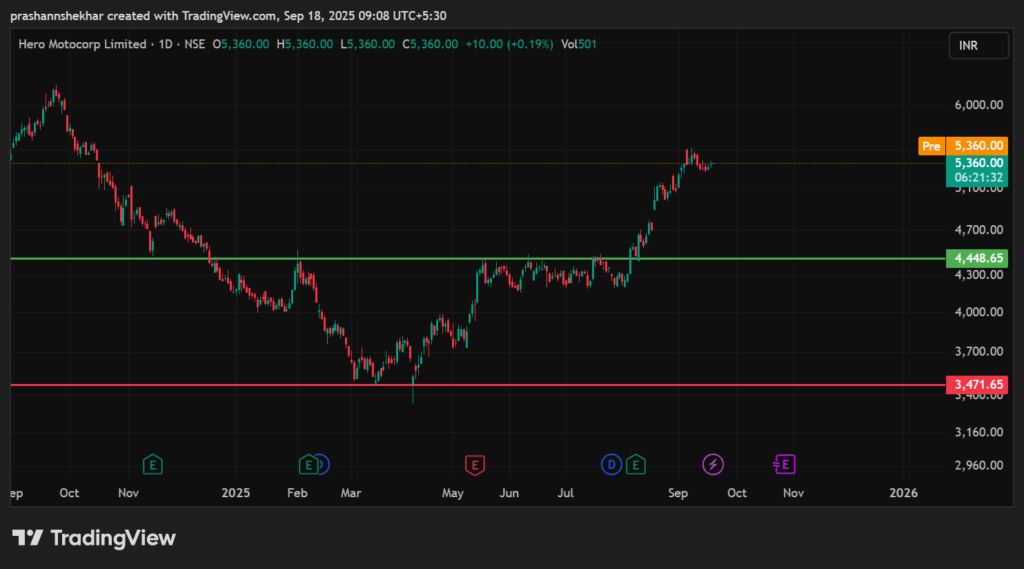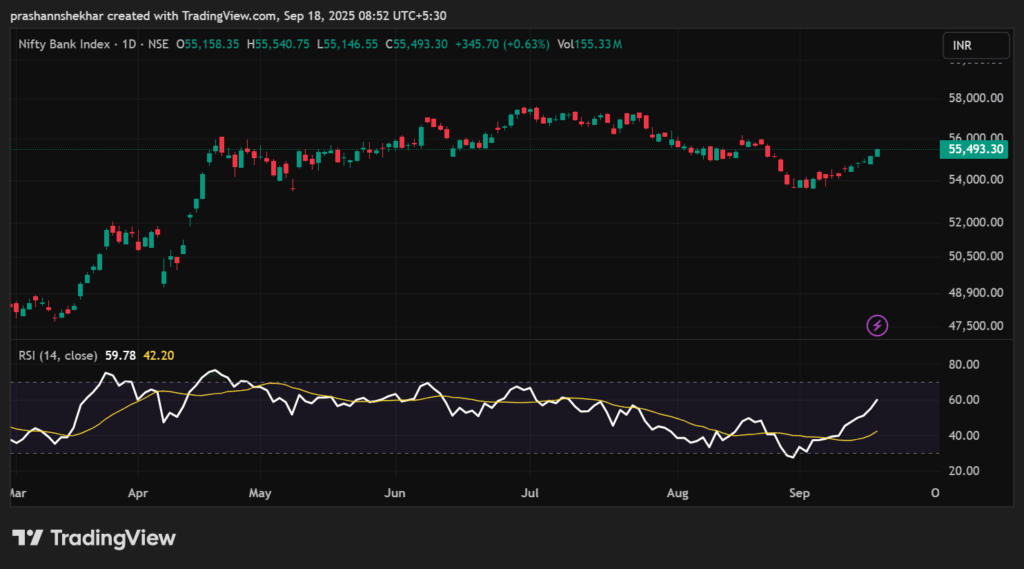Muhurat Trading 2025 – Best Investing Strategies for a Prosperous Start
📌 Introduction Muhurat Trading is one of the most awaited trading sessions in India, celebrated every year during Diwali. Traders, investors, and market enthusiasts come together to mark the auspicious beginning of the financial year. This year, Muhurat Trading 2025 will be held on 21st October 2025 from 1:45 PM to 2:45 PM. While the session lasts only one hour, it is considered extremely significant for long-term wealth creation and market positivity. 🔹 What is Muhurat Trading? Muhurat Trading is a special trading session conducted by NSE and BSE on Diwali, symbolizing prosperity and good fortune. 🔹 Timing of Muhurat Trading 2025 🔹 Best Muhurat Trading Strategy 2025 While the session is short, using a smart strategy can maximize your chances of long-term wealth creation. 1. Invest in Blue-Chip Stocks 2. Buy & Hold Strategy 3. Diversify Your Portfolio 4. Focus on Index Funds or ETFs 5. Small but Meaningful Investments 🔹 Tips for First-Time Muhurat Traders 🔹 Significance of Muhurat Trading 📊 Conclusion Muhurat Trading 2025 is more than just a trading session; it’s a tradition, a celebration, and an opportunity to start your investing journey with luck and strategy. By focusing on blue-chip stocks, index ETFs, and a buy-and-hold strategy, you can make this one-hour session truly rewarding. 🌐 Start planning today and make your Muhurat Trading 2025 investment count! 📌 Disclaimer: This blog is for educational purposes only. ArthVed 9X is not a SEBI-registered advisor. Please consult your financial advisor before making investment decisions.



